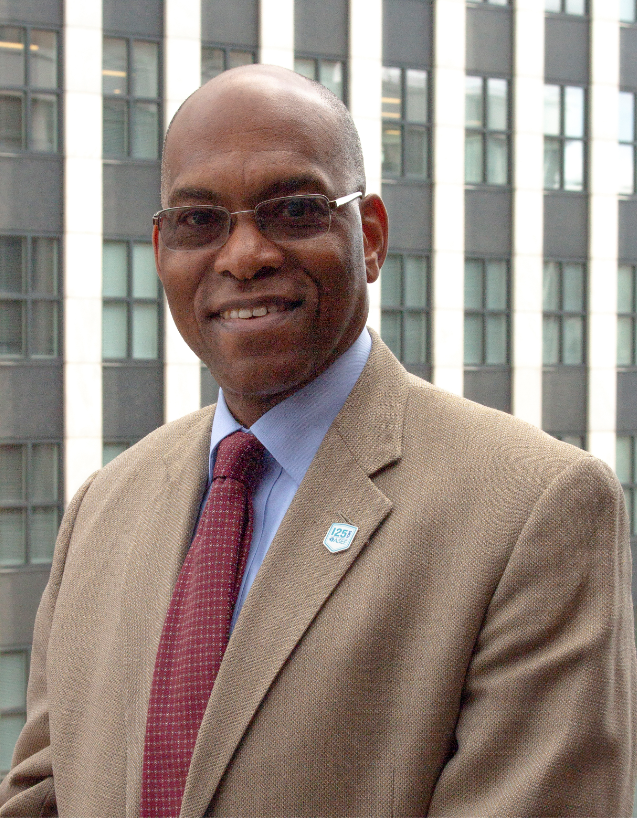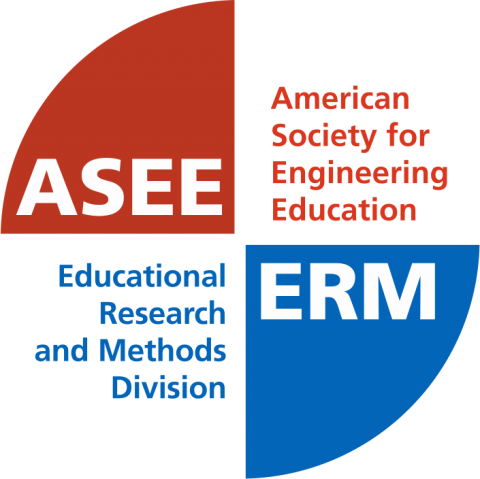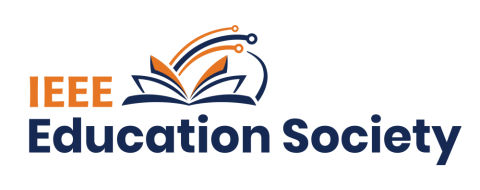Thursday Keynote
Does Space Matter? Changing the Culture of Learning
Thesis : According to the National Center for Education Statistics, about 59% of the students who enroll at Universities complete their degree within six (6) years. While this number has slowly increased over the past few years, there are simply too many students that do not succeed in the current culture of higher education. Given the challenges we face in our society and in our communities, our common future demands that we do better. To do so, however, means that we need to challenge long held beliefs about teaching and learning, and the academic spaces where these activities occurs. When it comes to planning and designing new university engineering and/or science facilities there is no “one-size-fits-all” solution. Best practices and design solutions from prior projects should only be used for perspective, not solutions because every institution and every project is unique. For planning and design solutions to be successful, we must understand the current culture of higher education and the changes necessary to optimize student success. We must focus on aligning new pedagogical approaches and learning space initiatives to enable team based, faculty-to-student and student-to-student interactions. We must address the critical issues associated with understanding what “student success” really means today and in the future in terms of campus wide facilities and space types. And, we need to understand the necessary level of commitment and engagement needed to maximize the success of every project. Tim will speak to these and other relevant topics during this session.
Friday Keynote
Educating the Engineer of 2050
In this talk, ASEE Executive Director Dr. Norman Fortenberry lays out the social and technical context that will shape the education of the engineer of 2050, summarizes relevant findings from the ASEE-led study on Transforming Undergraduate Education of Engineers as well as other relevant reports and highlights current institutional examples that give indication of future trends.





